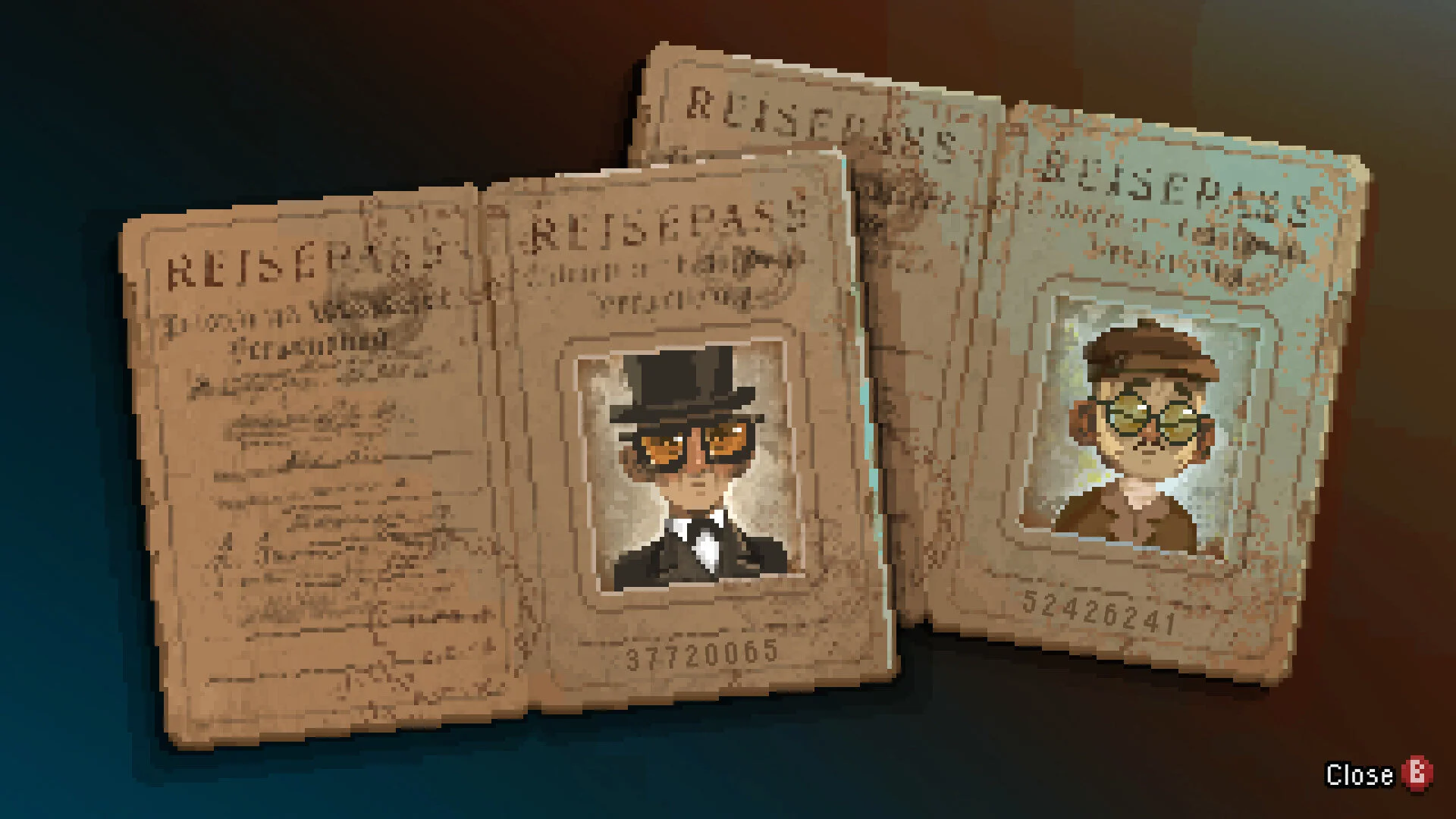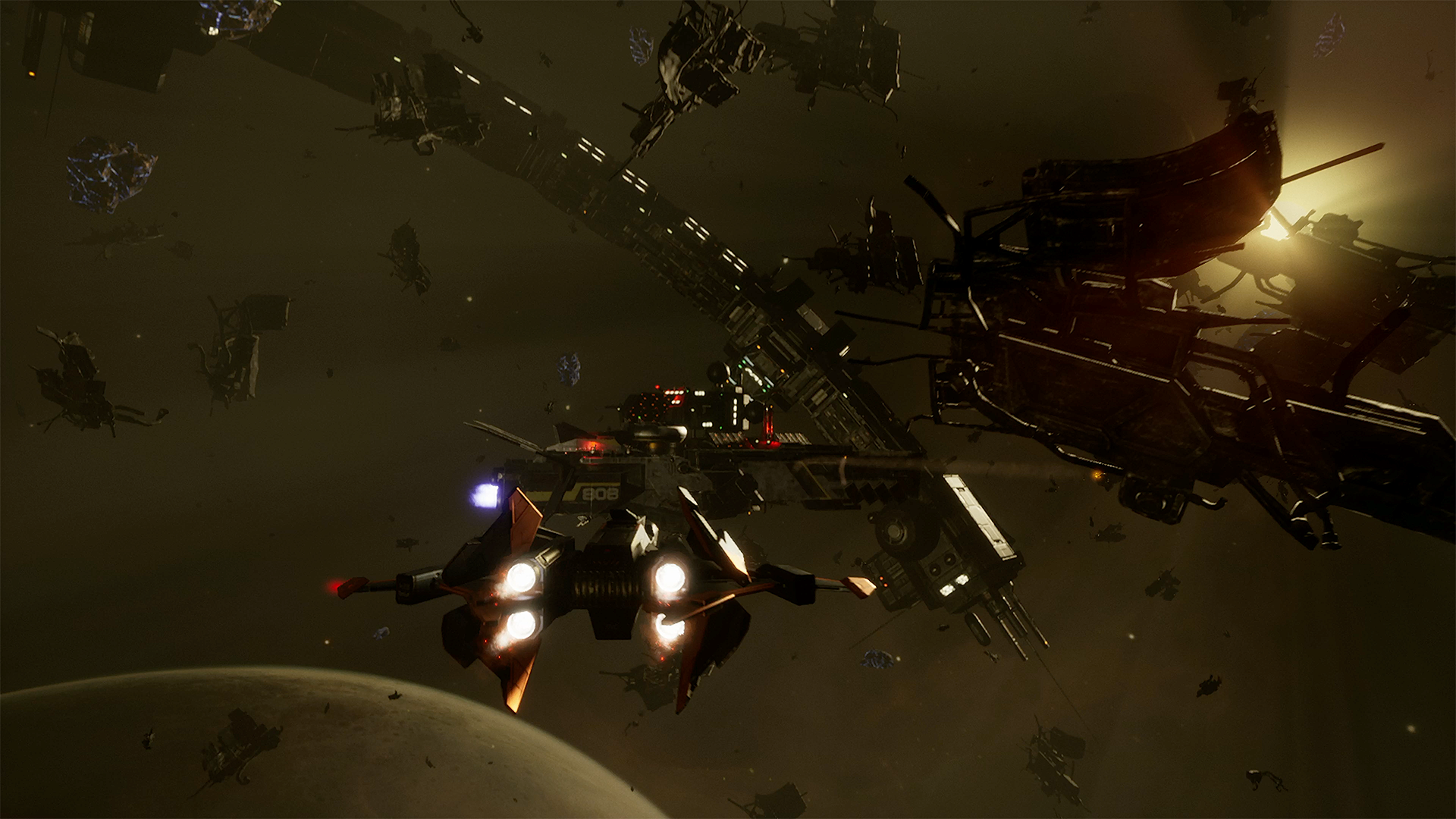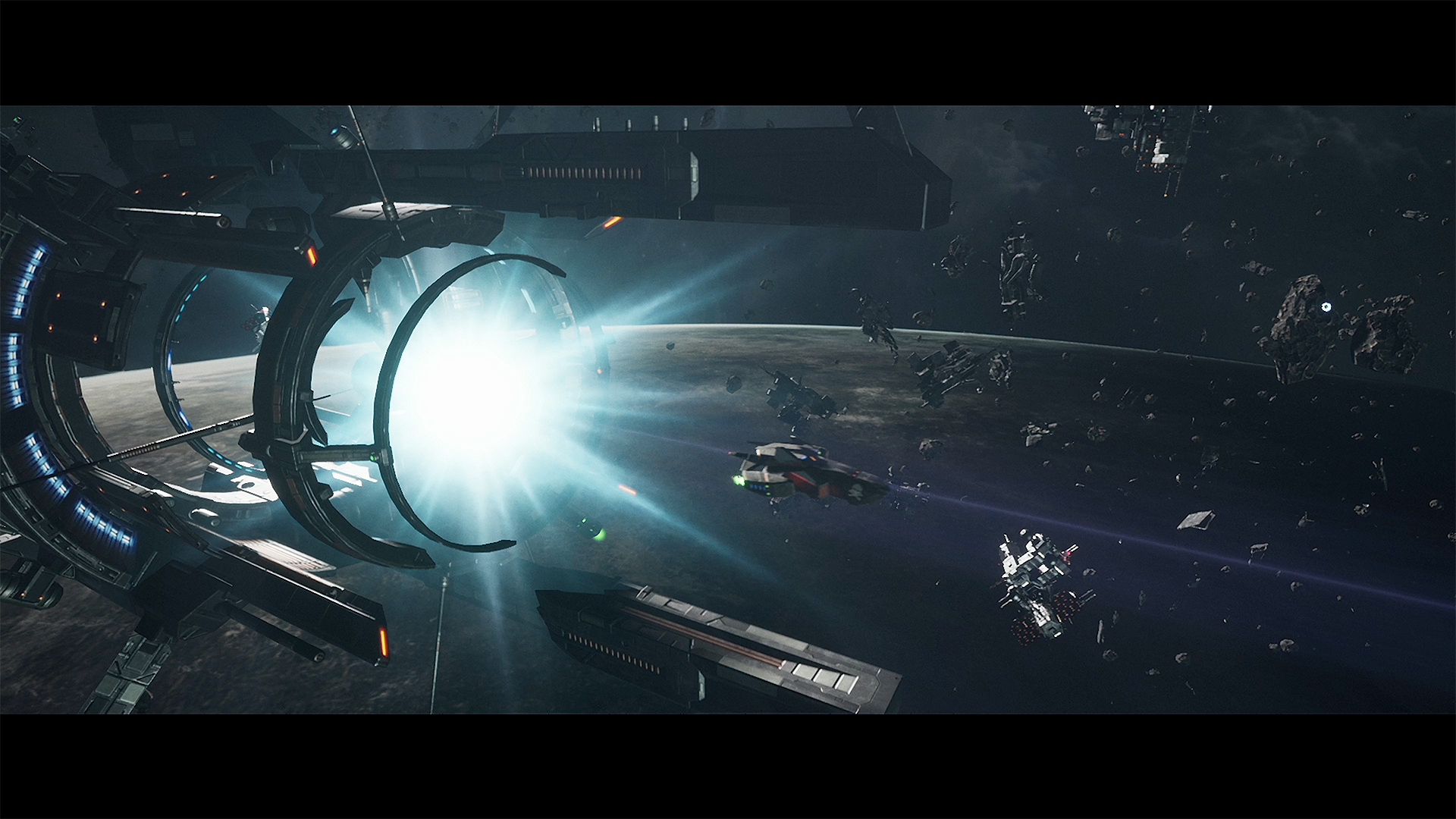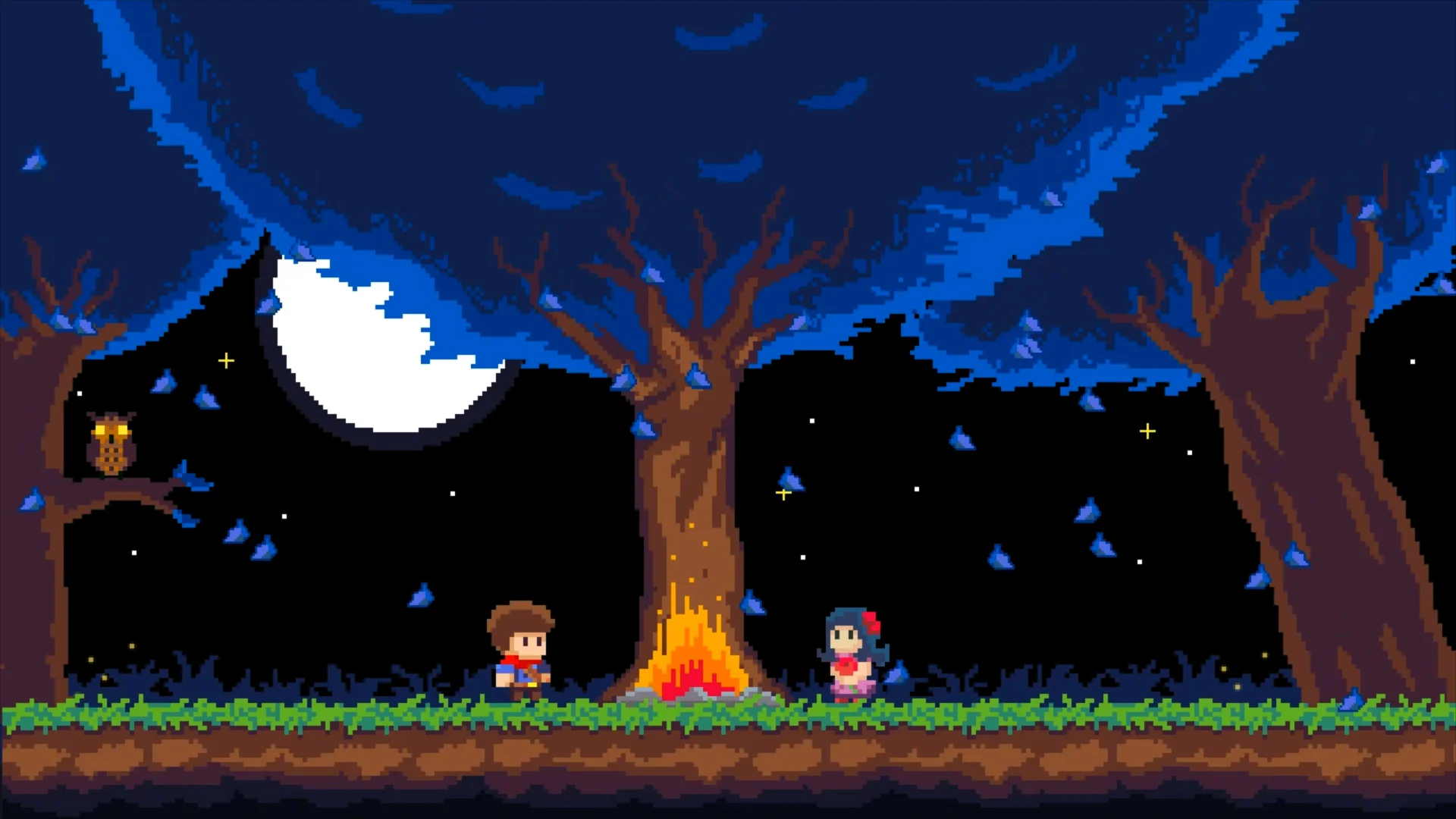Are you ready to stop the Third Reich’s Okkulte-55 Division from raising hell?
Nine Witches: Family Disruption just launched on Steam for PC, GOG, PlayStation 4, Xbox One and Nintendo Switch!
We hosted an interview with Diego from the team at Indiesruption, so he could answer all of your questions about the game and its development!
What led to the decision to create a game during World War II and have it set in Norway?
Basically, we wanted to create a story that had a strong historical background. When thinking about the look and feel of the game (apart from the pixel art) we opted for Norway mainly because it perfectly matched the story we had in mind.
The devs wanted to create a game with a strong historical background (World War II) and set it somewhere it would fit the story.
What were some of your influences that helped you come up with the idea for Nine Witches?
Adventure games are by far our favorite genre. We love to create stories. We’d played most of the 80’ 90’ adventure games... the golden era... Commodore’64... diskettes... hint books... We grew up playing those games, they are part of our DNA. I’m almost 50... Did you notice?
What was the best part about creating the game?
The funniest part was by far the creation of the story and all the bizarre universe of characters that are part of the game. We invested a lot of time writing the script, designing the puzzles and the dialogs. It was pure enjoyment.
The best part of developing the game was to create the story and its universe, as well as creating the characters.
Why did you decide to make the art style pixelated?
For some people, pixel art is old, it looks horrible or it is used by indies just because it is faster/cheaper. Like it or not, pixel art is a form of art. You will find lovers and detractors, peace and war, Windows and Macintosh, PlayStation and Xbox...
Should I continue?
Yes, right. Of course.
Sweet and salty, republicans and democrats, crabs and underwear, vegans and carnivores... That's life.
Personally, I love pixel art and we have a barn with 9 tons of pixels waiting to be used in our upcoming projects.
What was it like translating the game from Spanish to English?
First we wrote the full script in Spanish. Then we worked very closely with our Blowfish producer to create a very polished English translation which will be used later to translate the game into the rest of the targeted languages.
It’s a very delicate task, because you must be sure that all jokes and gags match all languages and cultures. The game is translated into nine languages which result in a mix of cultures. So, we always tried to create “USB jokes” (Universal, Silly, Bizarre)
The devs tried to make sure that all jokes they made were universal and silly, and would translate well to other languages.
What were some challenges you faced in the creation of the game?
The most difficult challenge was to tighty link the different parts of the story to form a whole with no loose ends (BTW, did you find any?). The game is crazy, in most cases you cannot predict what is going to happen, when you think you’ve seen everything, the game will spit you another crazy unexpected thing on you.
What was it like having your demo in all the online festivals?
Sending the game to online festivals is always motivating. You get juicy feedback for your game. It is very healthy for the development process.
What’s your favorite type of game to play?
I really like to play FPS shooters mostly related to WW2 or horror; I like games with story mode. I’m not a big fan of multiplayer games.
Do you have any advice for aspiring game developers?
The most common and true advice is: start working on small games before creating huge ones.
As an indie I always design for my own pleasure. Focus on your heart, not your pockets.
The devs suggest to always start working on smaller games before jumping on bigger projects.




































